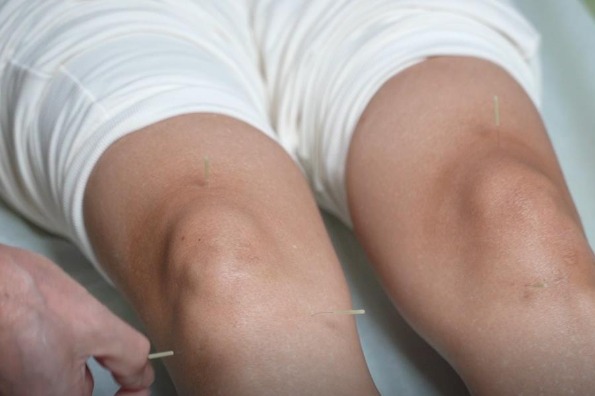Pet lovers turn to traditional remedies as TCM treatments gain steam

For Yu Ying, a Beijing-based medical worker, seeking traditional Chinese medicine (TCM) treatment for her beloved dog may not come as surprise as the ancient medical practice is gaining steam among young Chinese urbanites.
It was a stray dog that Yu adopted as a pet in 2019. Hardly having any strength to walk, the dog seldom ate or drank water and vomited frequently. After a series of careful checks at local pet hospitals, it was diagnosed with myelitis and the vet suggested chronic use of hormone medicine.
However, the hormone medicine would afflict the dog with side effects such as frequent acid reflux, vomiting and shortness of breath.
Under the professional guidance of the veterinary hospital, Yu turned to TCM for further help.
"Chinese veterinarians share the same fundamental therapeutic strategies as TCM doctors, which often include herbal medicines, acupuncture and moxibustion," said Fan Kai, an associate professor at the Veterinary Medicine School, China Agricultural University.
The pet hospital established by China Agricultural University, where Fan currently works, has emerged as one of the most sought-after among pet lovers in the Chinese capital.
TCM can be used to treat a great variety of animals, said Fan. In ancient China, it was used for the treatment of draft animals such as horses and cattle and meat animals such as pigs and goats. It is not until modern times in China that companion animals, particularly cats and dogs, were treated with traditional remedies.
A star orangutan "Pangpang" in the Beijing Zoo has a special daily routine -- receiving a luxury TCM massage called "Tuina" in Chinese at 10:00 a.m. every day. It began in 2016 when the primate had suffered from paralysis for about eight years.
The poor animal was left incapacitated and was only able to suck its food and crawl on its belly back then. Wang Zheng, head of the zoo's gorilla house, was concerned about its poor appetite and started to give the animal a TCM massage.
After three months of "Tuina" massage, Pangpang was able to lift its hip. Six months later, the zookeepers were surprised to see that the gorilla could raise its left forelimb and grab a swinging ring about 90 cm above the ground. After another three months, it could even eat standing up thanks to the medical aid from the veterinary hospital established by Fan's university.
Explaining the treatment approach, Fan said TCM veterinarians will first examine the color of the animal's tongue, listen to its sound and feel its pulse so as to determine its health conditions.
As the animals cannot express their own feelings through language, veterinarians are required to carry out careful observation and make sufficient communication with their keeper.
"In order to avoid the interference of animal emotions, TCM veterinarians often adopt the method of observation from far and near, avoiding the use of sedatives and other drugs, so as to prevent the drugs from affecting their actual behavior," said Fan.
However, the market scale of TCM for pets remains relatively small. Fan's pet hospital is among the very few to have TCM departments.
Lack of talents has put a damper on the nascent sector. At present, only four colleges in China offer undergraduate majors related to traditional Chinese veterinary medicine, and these institutions enroll about 200 students annually.
"We expect more colleges to launch undergraduate programs of Chinese veterinary medicine, and offer more classes related to this subject to students majoring in veterinary medicine," Fan added.




